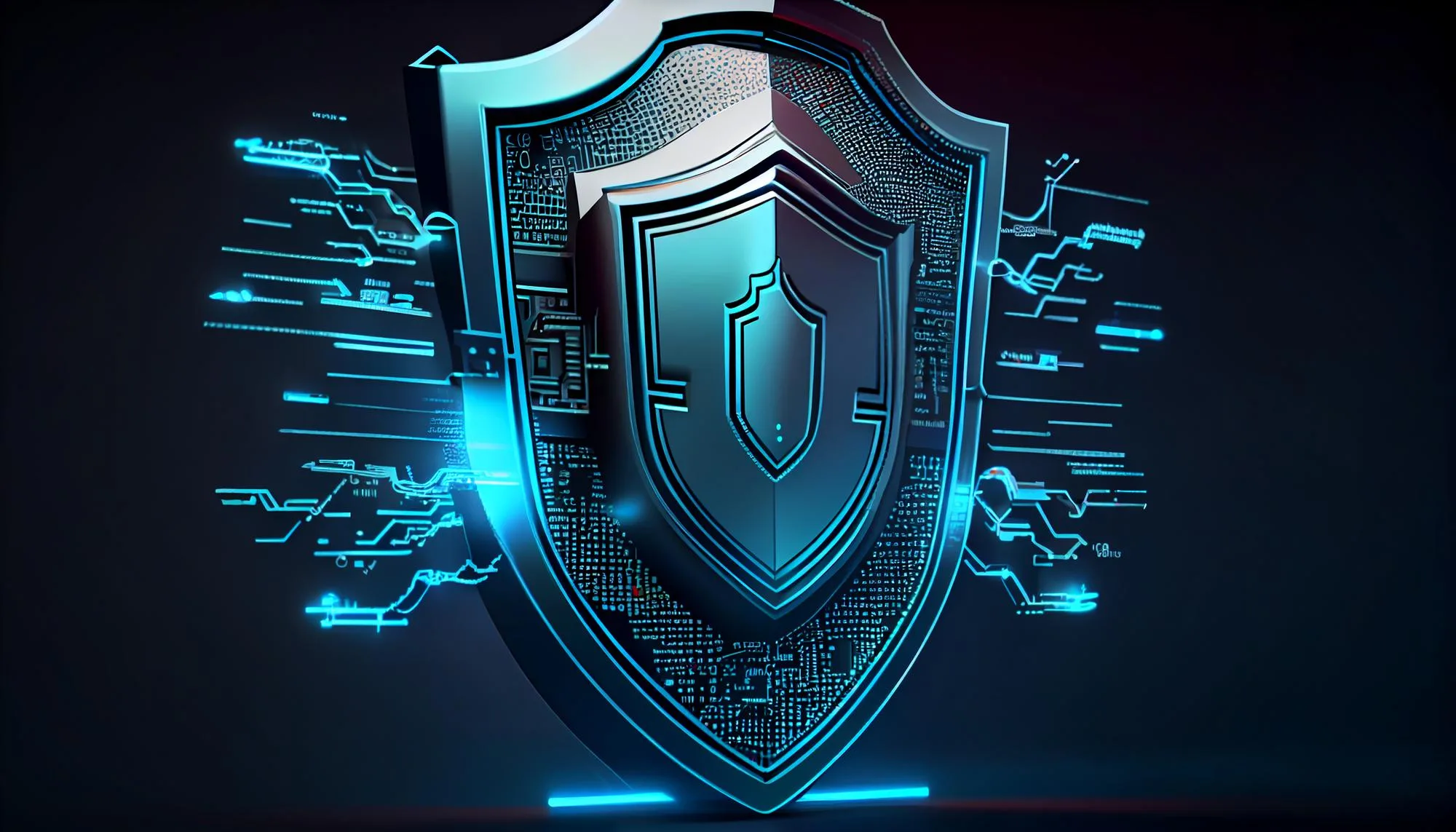As technology advances, the landscape of cybersecurity continually evolves, presenting new challenges and opportunities. In 2024, emerging threats and cutting-edge defenses are shaping the future of cybersecurity, emphasizing the need for vigilance and innovation. Here’s a look at the latest threats and the defenses being developed to counter them.
Emerging Threats
- Advanced Persistent Threats (APTs)
- Description: APTs are sophisticated, long-term cyberattacks often carried out by nation-states or well-funded organizations. These attacks aim to steal sensitive information or disrupt operations over an extended period.
- Example: Recent APTs have targeted critical infrastructure, including power grids and financial systems, causing widespread concern.
- AI-Driven Attacks
- Description: Cybercriminals are leveraging artificial intelligence to enhance their attacks. AI can automate tasks such as vulnerability scanning, social engineering, and even developing polymorphic malware that can evade detection.
- Example: AI-driven phishing campaigns that adapt their strategies in real-time to increase their success rates.
- IoT Vulnerabilities
- Description: The proliferation of Internet of Things (IoT) devices has created new attack vectors. Many IoT devices lack robust security features, making them easy targets for hackers.
- Example: Botnets composed of compromised IoT devices being used for large-scale Distributed Denial of Service (DDoS) attacks.
- Supply Chain Attacks
- Description: Attackers are increasingly targeting the supply chain to gain access to larger, more secure organizations. By compromising third-party vendors, they can infiltrate systems that would otherwise be difficult to breach.
- Example: The SolarWinds attack, where malware was injected into a software update, compromising numerous high-profile clients.
- Ransomware Evolution
- Description: Ransomware attacks have become more sophisticated and damaging. Attackers not only encrypt data but also threaten to leak sensitive information if the ransom is not paid.
- Example: Double extortion tactics, where cybercriminals demand payment for both decrypting data and preventing its public release.
Cutting-Edge Defenses
- AI and Machine Learning for Threat Detection
- Description: Security systems are incorporating AI and machine learning to detect and respond to threats in real-time. These technologies can analyze vast amounts of data to identify patterns and anomalies indicative of cyberattacks.
- Example: Next-gen antivirus software that uses machine learning to identify and block malware before it can execute.
- Zero Trust Architecture
- Description: The Zero Trust model operates on the principle of “never trust, always verify.” This approach requires strict identity verification for every person and device attempting to access resources on a network.
- Example: Implementing multi-factor authentication and continuous monitoring to ensure that only authorized users can access sensitive data.
- Quantum Cryptography
- Description: Quantum cryptography uses the principles of quantum mechanics to create secure communication channels that are theoretically immune to hacking.
- Example: Quantum key distribution (QKD) providing ultra-secure encryption keys that cannot be intercepted without detection.
- Blockchain for Enhanced Security
- Description: Blockchain technology offers a decentralized and tamper-proof ledger, making it ideal for securing transactions and data.
- Example: Using blockchain to secure supply chain transactions, ensuring the integrity and authenticity of goods.
- Threat Intelligence Sharing
- Description: Collaboration and information sharing between organizations are crucial for staying ahead of cyber threats. Threat intelligence platforms facilitate the exchange of information about emerging threats and vulnerabilities.
- Example: Industry-specific threat intelligence sharing consortia that provide real-time alerts and mitigation strategies.
- Biometric Security
- Description: Biometric authentication methods, such as fingerprint scanning, facial recognition, and iris scanning, are becoming more prevalent as secure alternatives to traditional passwords.
- Example: Biometric access controls for securing sensitive areas within an organization.
Conclusion
In 2024, the cybersecurity landscape is marked by increasingly sophisticated threats and innovative defenses. As cybercriminals employ advanced techniques such as AI-driven attacks and supply chain compromises, defenders are responding with equally cutting-edge technologies like AI-based threat detection, quantum cryptography, and Zero Trust architectures. Staying informed and adaptive is crucial for individuals and organizations alike to protect against the ever-evolving cyber threats of today and the future.














